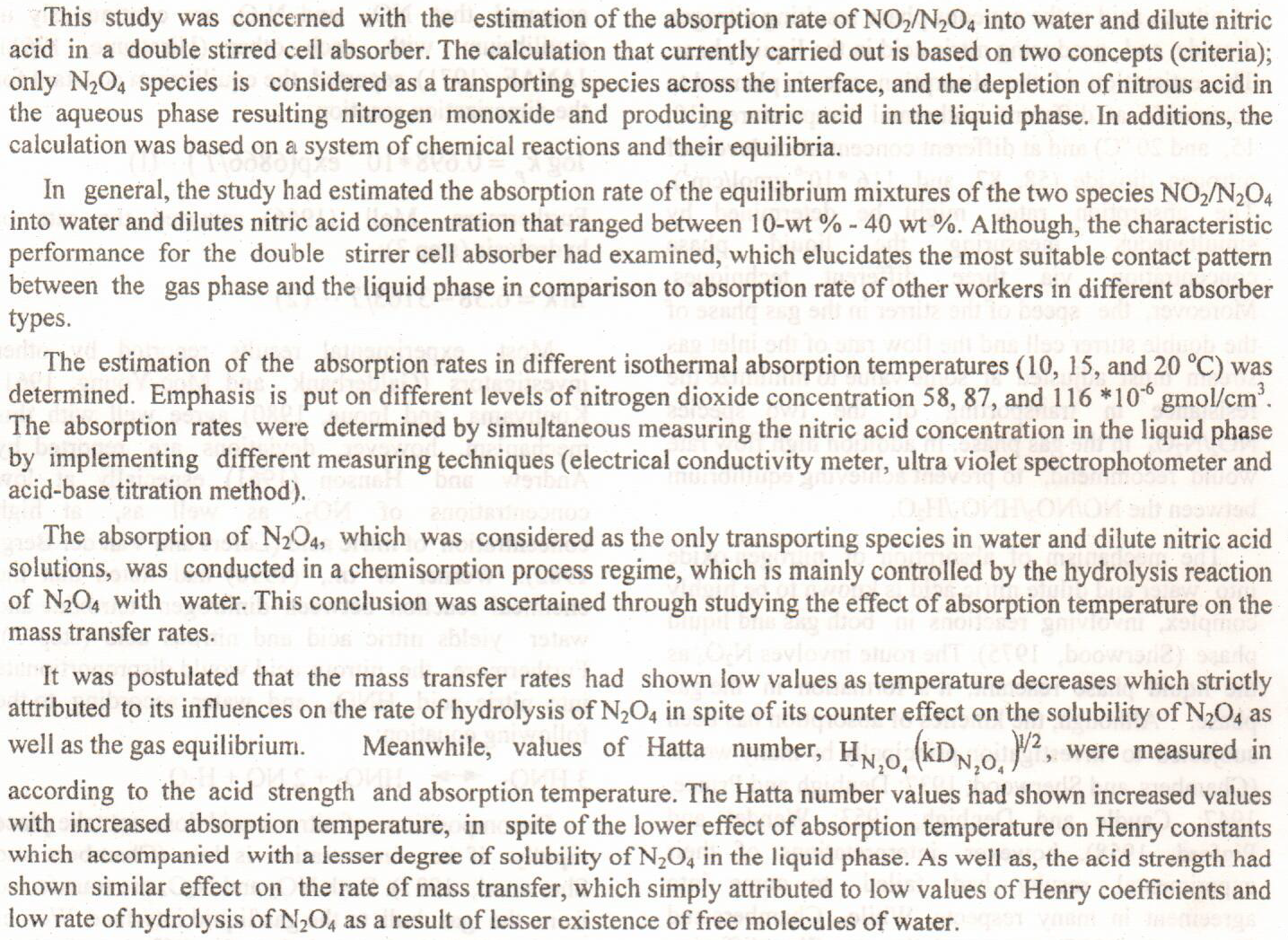
 (28)
(28)
 (1)
(1)
The distribution of chilled water flow rate in terminal unit is an important factor used to evaluate the performance of central air conditioning unit. A prototype of A/C unit has been made, which contains three terminal units with a complete set of accessories (3-way valve, 2-way valve, and sensors) to study the effect of the main parameters, such as total water flow rate and chilled water supply temperature with variable valve opening. In this work, 40 tests were carried out. These tests were in two groups, 20 test for 3-way valve case and 20 test for 2-way valve case. These tests were performed at three levels of valve opening, total water flow rate and water supply temperature according to the design matrices establis
... Show MoreOur research comes to shed light on Iraqi literature as literature that arose in special circumstances alongside foreign literature. Using comparative research methods, we chose to highlight two distinguished writers, who have their mark in the world of literature. The first is the Iraqi writer Maysaloun Hadi, who is considered an icon of Iraqi feminist literature, and the second is the French writer Le Clézieu, who won the Nobel in 2008. We will see through the research how the two authors expressed their views of modernity and urbanism. And how each of them separately portrayed the psychological and moral projections that formed the essence of man today.
Résumé
Notre recherche abord un des points inc
... Show MoreThe research was carried out in lathhouse on one-year-old apple seedlings of the Ibrahimi variety in the Karma-Fallujah region for the 2021 growing season to study the effect of methods of adding nano-fertilizer and humic acid on seedling growth. A two-factor experiment was designed according to a randomized complete block design, with three replicates and two seedlings per experimental unit, so the number of seedlings was 54. The first factor includes NPK nanofertilizer at three levels (0- and 2-ml L-1 foliar spray and 5 ml L-1 soil application). The second factor is humic acid at three levels (0 and 5 g of seedlings - 1 foliar spray and 10 g of seedlings - 1 soil application). The results of the study show that the NPK nano-fertil
... Show MoreStable new derivative (L) Bis[O,O-2,3;O,O-5,6(carboxylic methyliden)]L-ascorbic acid was synthesized in good yield by the reaction of L-ascorbic acid with dichloroacetic acid with ratio (1:2) in presence of potassium hydroxide. The new (L) was characterized by 1H,13C-NMR, elemental analysis (C,H) and Fourier Transform Infrared (FTIR). The complexes of the ligand (L) with metal ion, M+2= (Cu, Co, Ni, Cd and Hg) were synthesized and characterized by FTIR, UV-Visible, Molar conductance, Atomic absorption and the Molar ratio. The analysis evidence showed the binding of the metal ions with (L) through bicarboxylato group manner resulting in six-coordinated metal ion.
In this research a local adsorbent was prepared from waste tires using two-step pyrolysis method. In the carbonization process, nitrogen gas flow rate was 0.2L/min at carbonization temperature of 500ºC for 1h. The char products were then preceded to the activation process at 850°C under carbon dioxide (CO2) activation flow rate of 0.6L/min for 3h. The activation method produced local adsorbent material with a surface area and total pore volume as high as 118.59m2 /g and 0.1467cm3/g, respectively. The produced . local adsorbent (activated carbon) was used for adsorption of lead from aqueous solution. The continuous fixed bed column experiments were conducted. The adsorption capacity performance of prepared activated carbons in this work
... Show More (45)
(45)
 (41)
(41)
KE Sharquie, AA Noaimi, S Adnan, AM Al-Niddawi, WK Aljanabi, American Journal of Dermatology and Venereology, 2020 - Cited by 2

